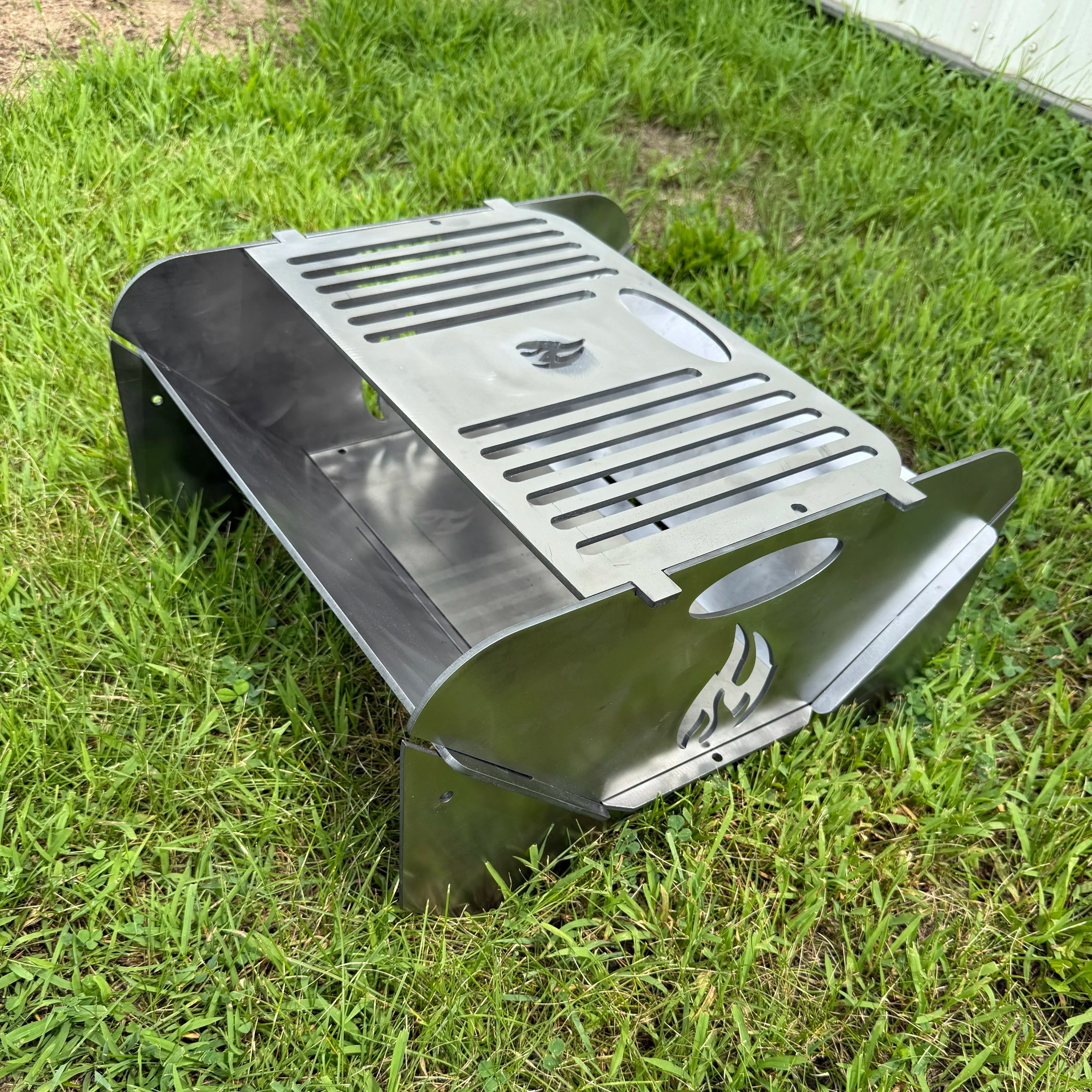Why Some Fire Pits Give Off More Heat
Picture this: a chilly evening under the stars, a warm fire crackling away as you laugh with friends and family. Fire pits have been creating cozy memories for centuries, but these days, they’re more than just a pile of logs and flames. They’re stylish, efficient, and come in all shapes and sizes.
But here’s the question: do all fire pits pump out the same amount of heat? Spoiler alert—nope. Let’s dive into what makes one fire pit hotter than another.
The Power of Fuel
Wood: The Timeless Classic
Ah, the trusty wood-burning fire pit. There’s something magical about the sound of crackling logs and the way the flames dance. But not all wood is created equal when it comes to heat. Hardwoods like oak and maple burn longer and hotter than softwoods like pine. Even more important? Dry wood wins every time. Wet or "green" wood won’t burn as well and will leave you shivering instead of toasty. Pro tip: season your wood (let it dry for months) for the best heat.
Propane: The Push-Button Wonder
Fire pits that use propane are all about convenience. Want heat fast? Twist a knob, and voilà—instant flames. While you can adjust the intensity, propane burns at a steady rate, so it won’t reach the roaring warmth of wood. Still, it’s perfect for cozy evenings where ambiance matters as much as warmth.
Natural Gas: The Long Haul Hero
Natural gas fire pits are the champions of steady heat. They connect to your home’s gas line, so you won’t run out of fuel mid-s’more. They burn hot and steady, ideal for frequent backyard hangouts. The catch? They don’t have the rustic, fiery charm of wood-burning pits, but they more than make up for it in consistency.
Size and Shape: It’s Not Just for Looks
Design: Form Meets Function
Ever notice how some fire pits seem to warm you from head to toe while others barely take the chill off? That’s design at work. A good fire pit allows oxygen to flow, feeding the flames for better combustion. Some even direct heat downward, ensuring your feet don’t feel left out. Clever design makes all the difference when you’re trying to warm up everyone around the fire.
Size: Bigger Isn’t Always Better
Sure, a massive fire pit can hold more fuel and crank out more heat, but it’s not always the right choice. Think about your space and how many people you want to seat around the fire. A well-sized fire pit can give you the heat you need without overwhelming your yard—or your guests.
See also: The Perfect Size for Firewood
Burning Bright: The Science of Combustion
Airflow: Oxygen Is Key
A fire’s intensity depends on how well it can “breathe.” Fire pits with built-in ventilation systems create a hotter, cleaner burn. Some designs even allow you to control airflow, letting you dial up or down the heat. The more oxygen your fire gets, the hotter and brighter it burns.
If you’re using a rocket stove, you can control the heat by adjusting the damper.
Keeping It Warm: Insulation and Retention
Insulation: The Heat Protector
Fire pits made with insulating materials keep the heat where it belongs—in the pit. This not only creates a hotter fire but also prevents excess heat from escaping into the surrounding area. Think of it like wrapping a cozy blanket around the flames.
Retention: Stay Toasty Longer
Ever notice how some fire pits stay warm long after the flames die down? That’s heat retention at work. Fire pits that hold onto heat are great for those long, lingering conversations under the stars. You won’t need to keep tossing in fuel, and the warmth will stick around even as the fire fades.
The Magic of Reflective Materials
Shiny Surfaces, Toasty Toes
Here’s a little-known trick: reflective materials like stainless steel or copper can bounce heat back into the surrounding area. Not only does this make the fire pit more efficient, but it also adds a cool visual effect as the flames shimmer and reflect off the surfaces. It’s heat and beauty rolled into one.
Wrapping It Up: Choosing the Right Fire Pit
As you can see, different types of fire pits can produce different levels of heat. Whether you want the roaring flames of a wood fire, the convenience of propane, or the steady warmth of natural gas, your choice depends on your needs. Think about the size of your space, the vibe you’re going for, and how much heat you really want. A well-designed fire pit can make every chilly evening unforgettable, no matter which fuel or style you choose. And if you want to really spice things up, give a rocket stove a try!






